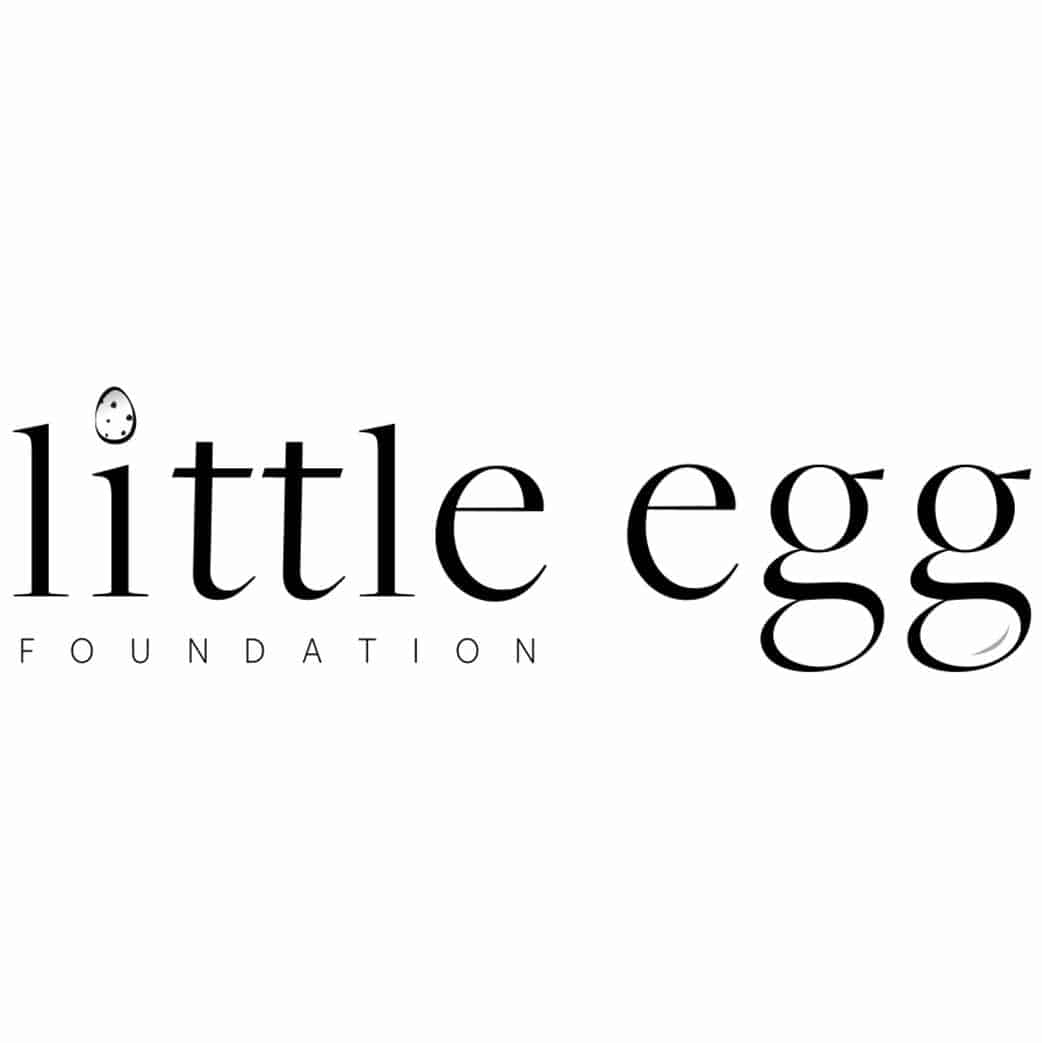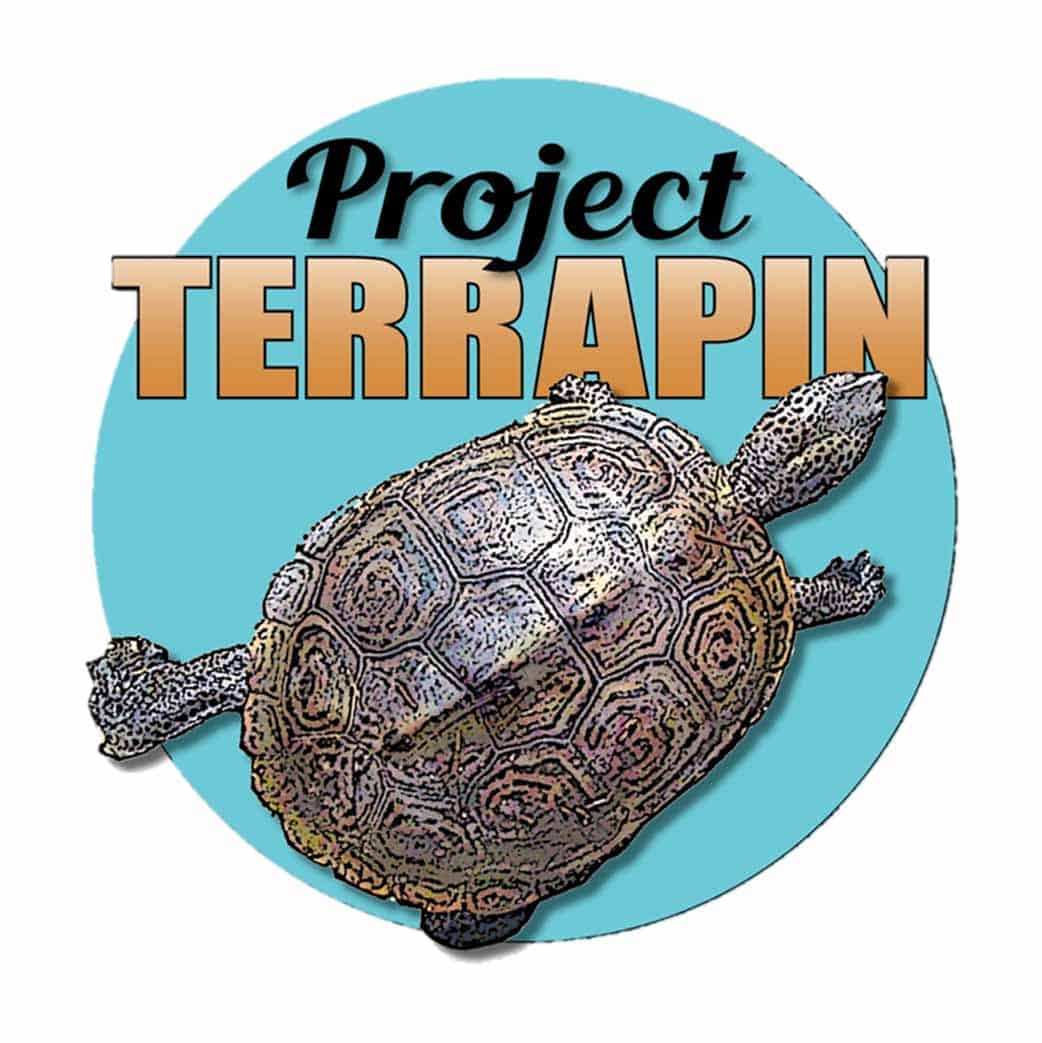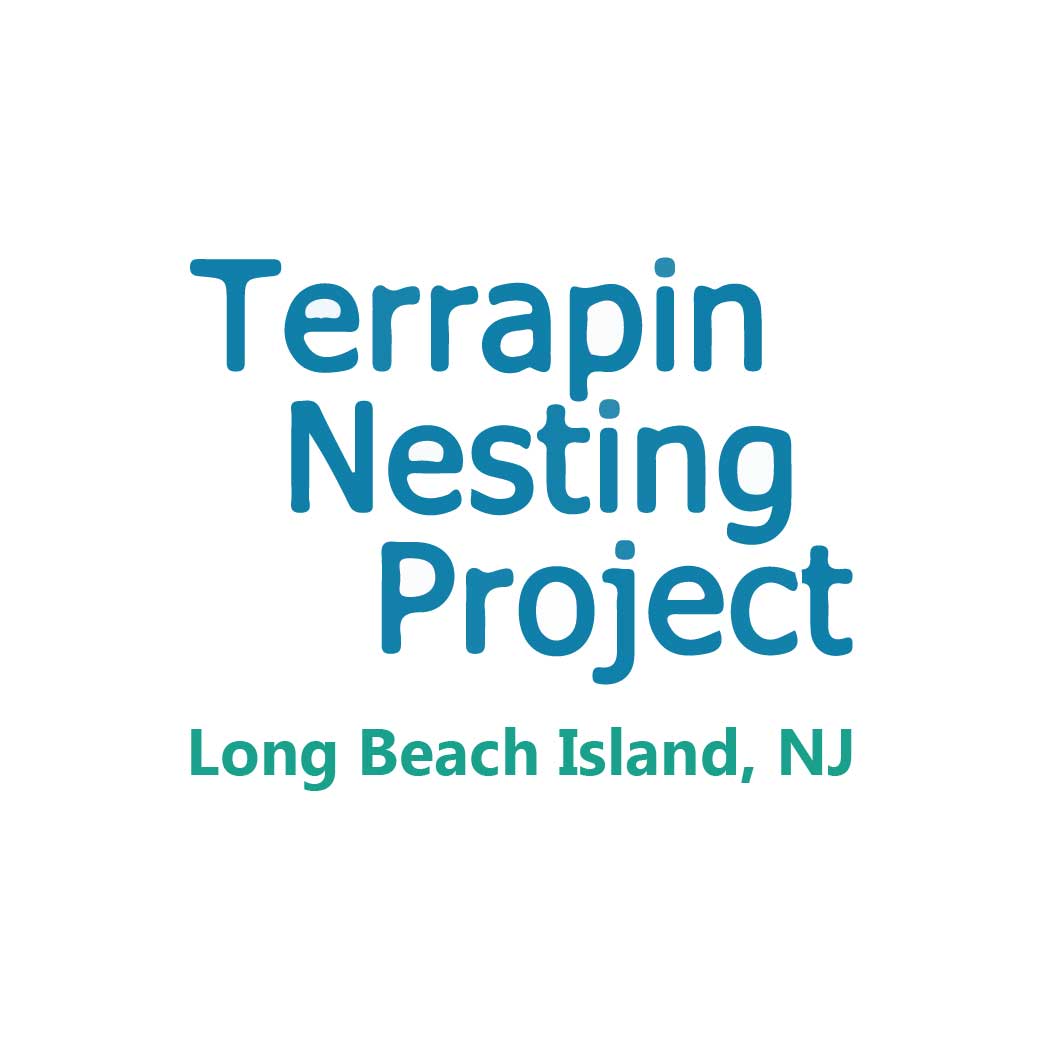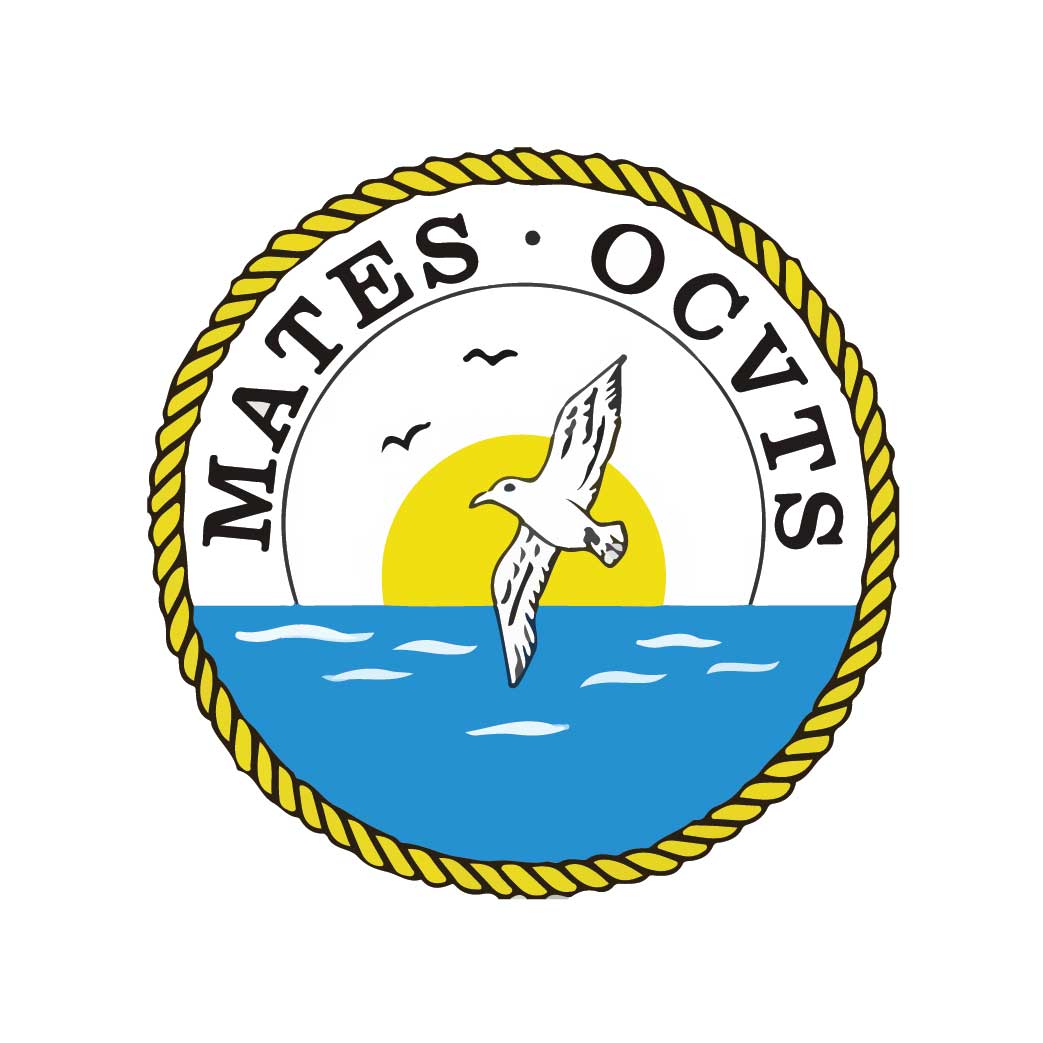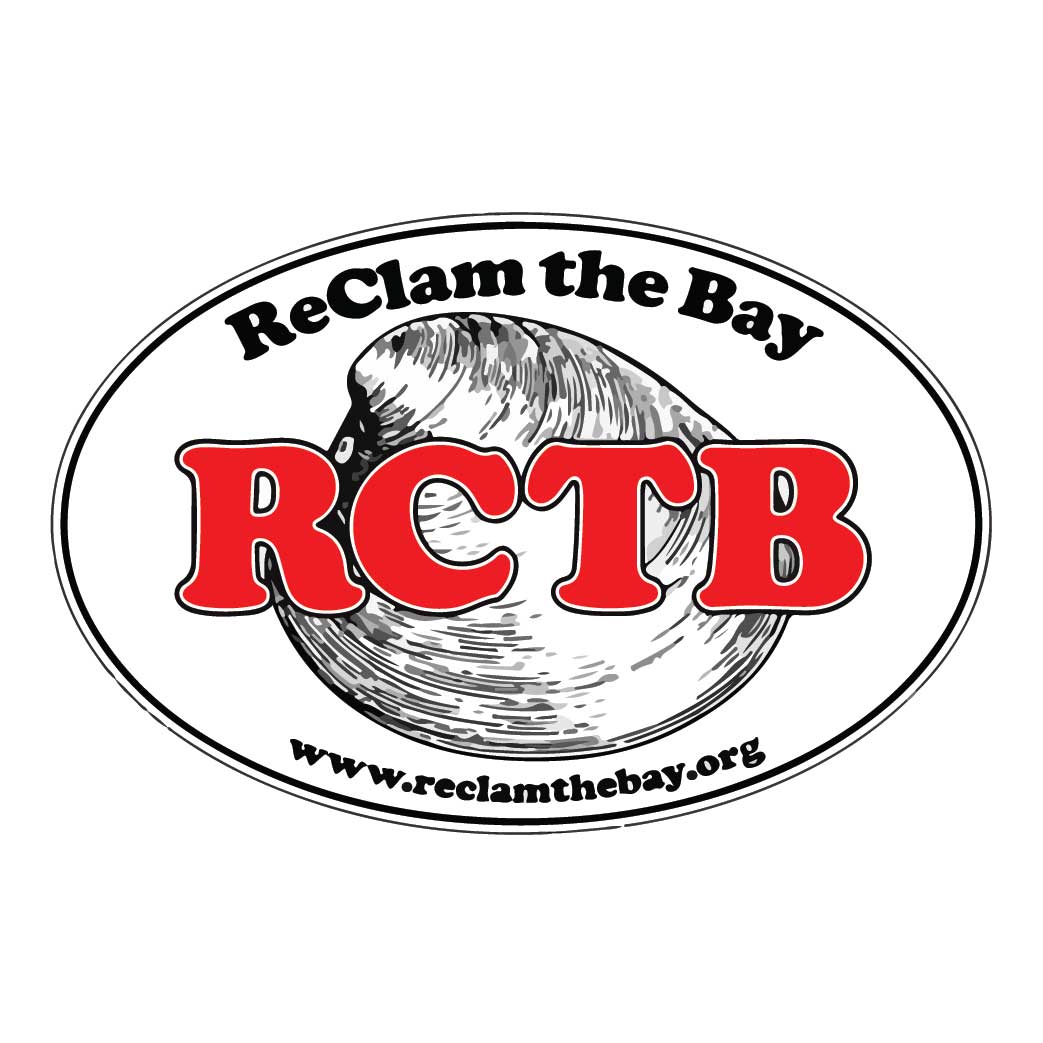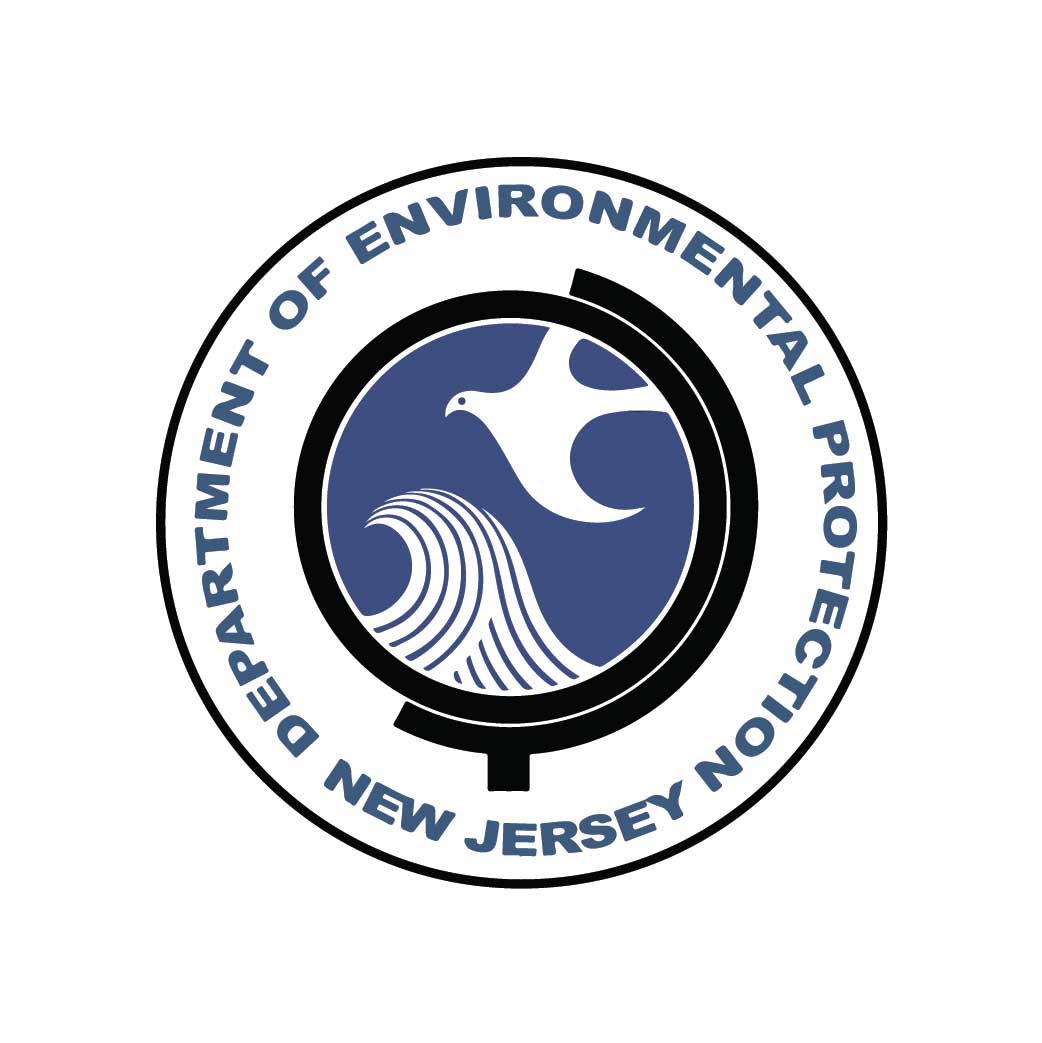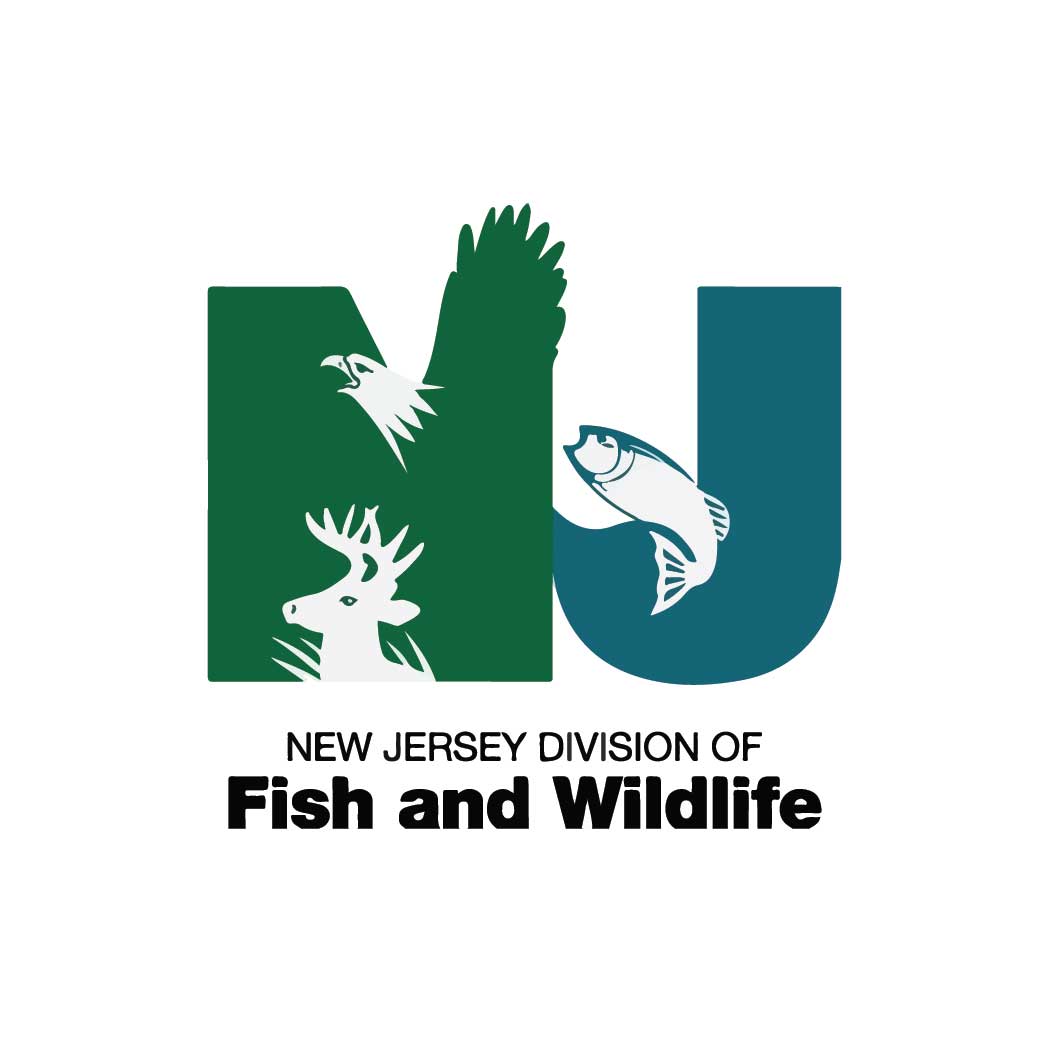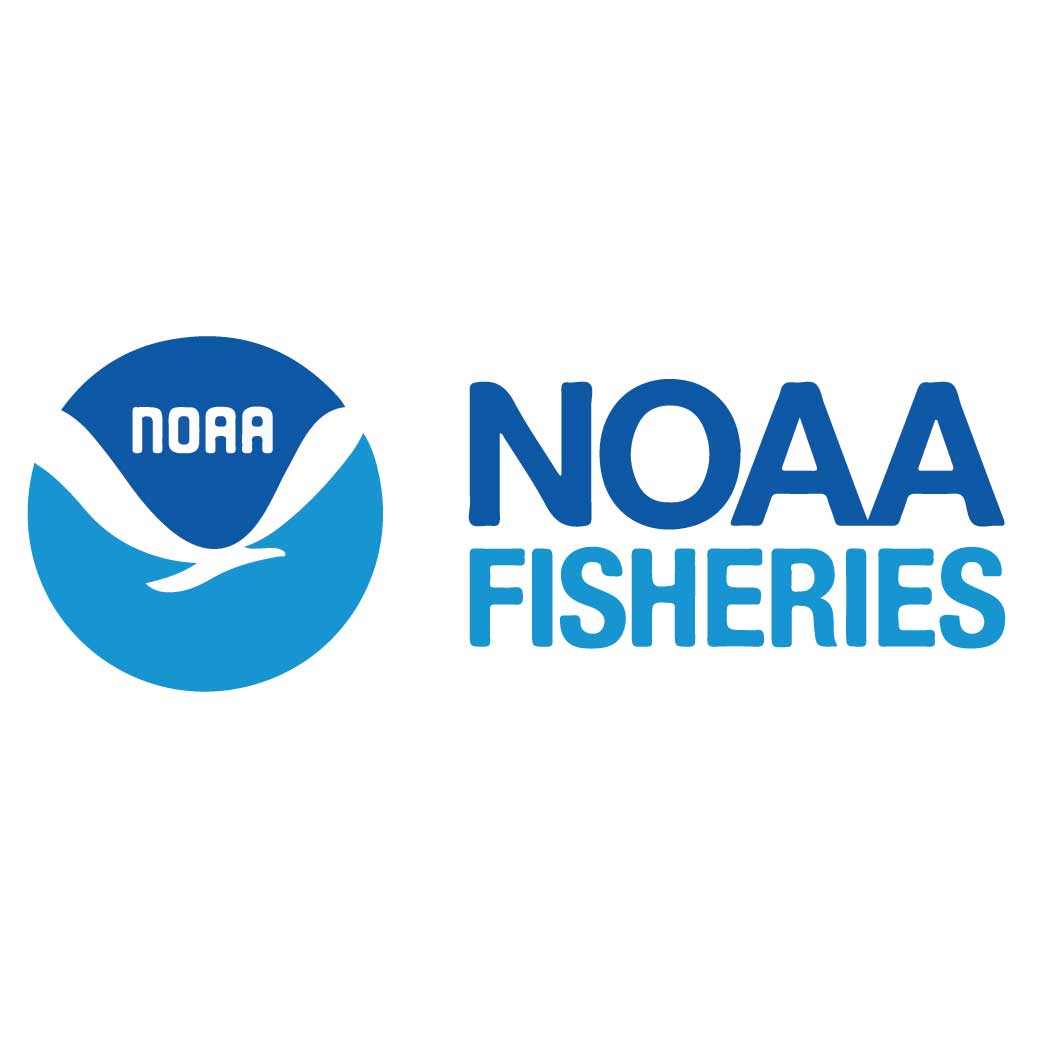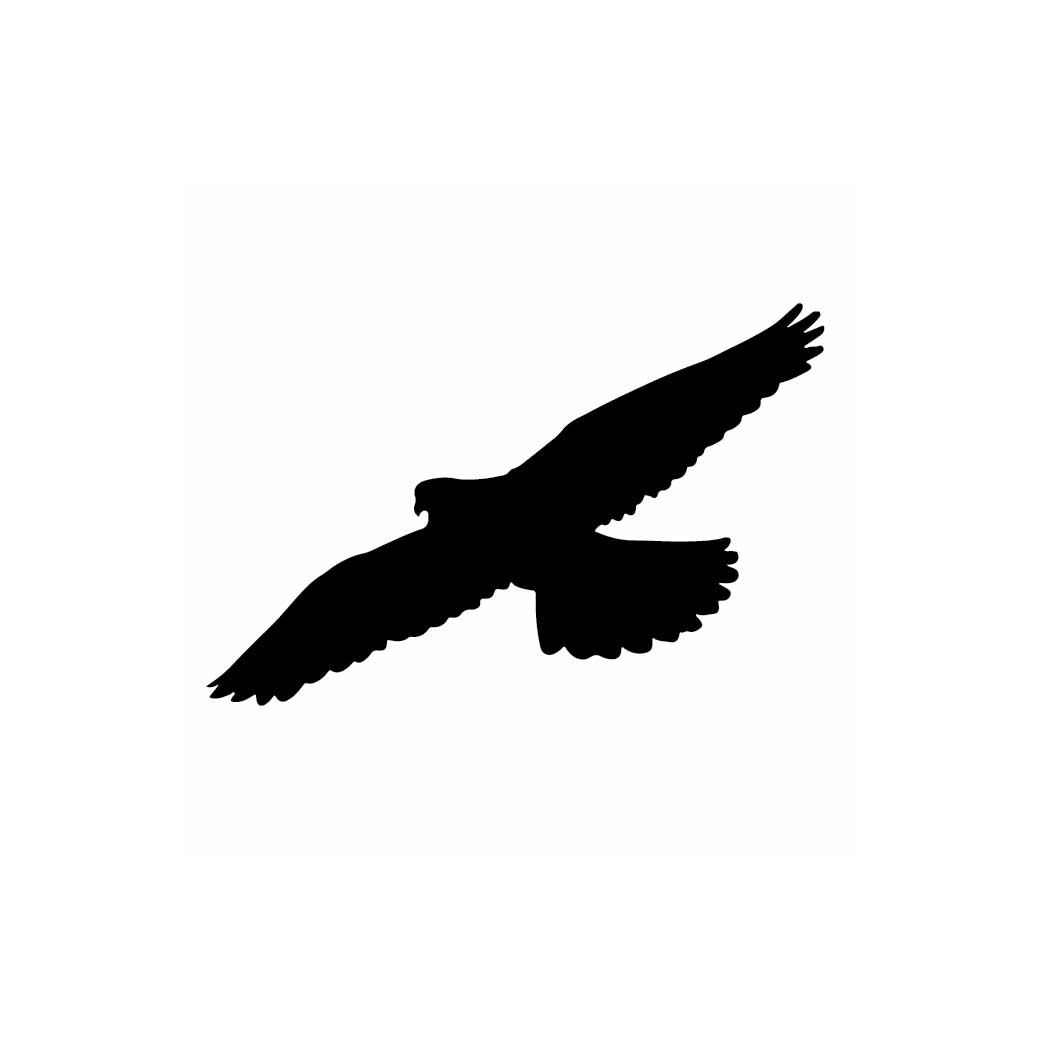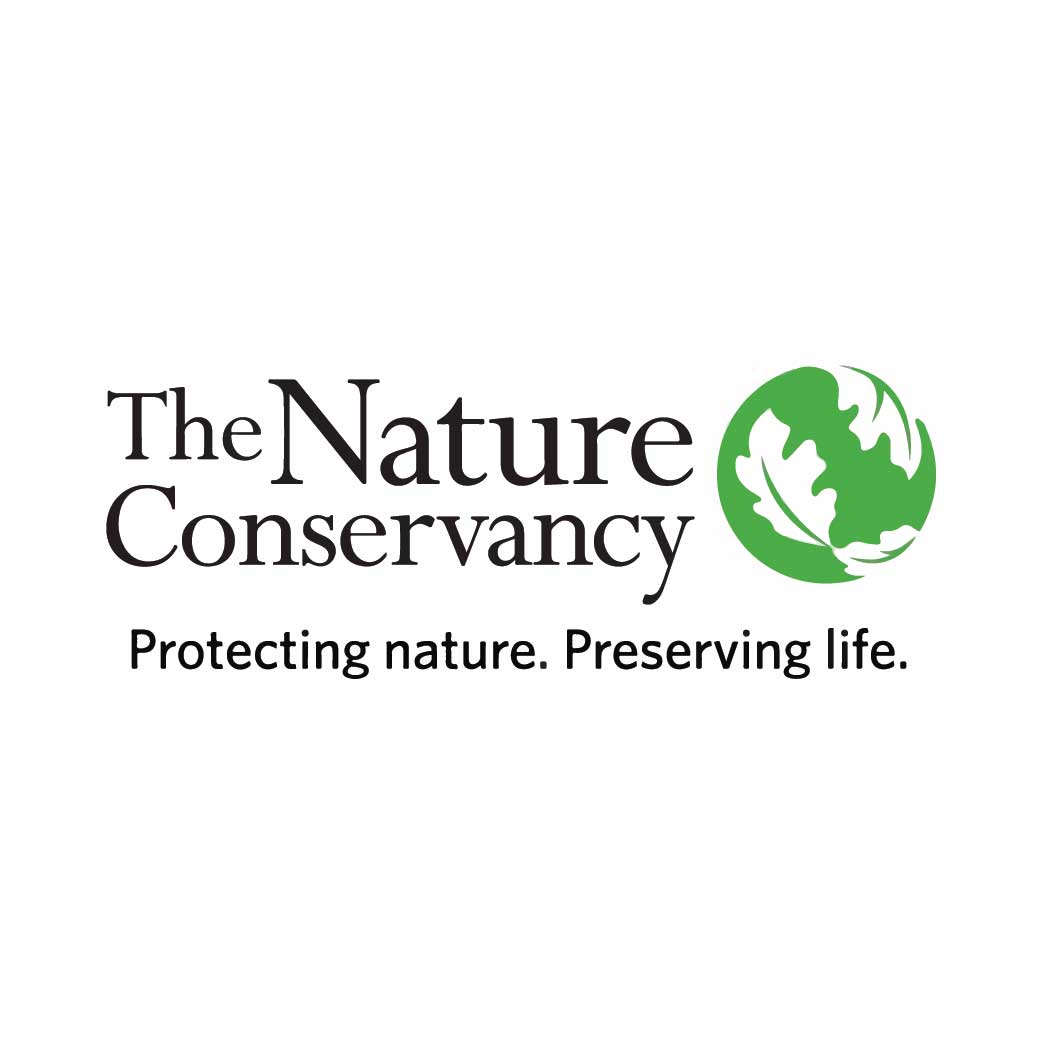Purpose: To assist with the conservation and repopulation of a protected NJ species by providing and maintaining an alternative nesting habitat.
Substrate: An elevated sand mound that is surrounded by native vegetation/bushes, which is located further inland from the original Terrapin Garden.
Wildlife: Northern Diamondback Terrapins, American Oystercatchers (nest scrapes).
2020 Report
Established: Terrapin Garden reinstated (2019); Original Terrapin Garden (2016)
Purpose: To assist with the conservation and repopulation of a protected NJ species by providing and maintaining an alternative nesting habitat.
Substrate: An elevated sand mound that is surrounded by native vegetation/bushes, which is located further inland from the original Terrapin Garden.
Wildlife: Northern Diamondback Terrapins, American Oystercatchers (nest scrapes).
2020 Status: Sand accretion continues at the Terrapin Garden area. The main sand mound appeared to be higher, drier and with reduced vegetation when it was assessed in the spring. New sandy strips are forming on the north and south ends of the main mound, which also attracted and supported successful terrapin nesting. The freshly turned dry sand immediately attracted terrapin nesting/attempts, as well as American Oystercatchers nest scrapes (no eggs).
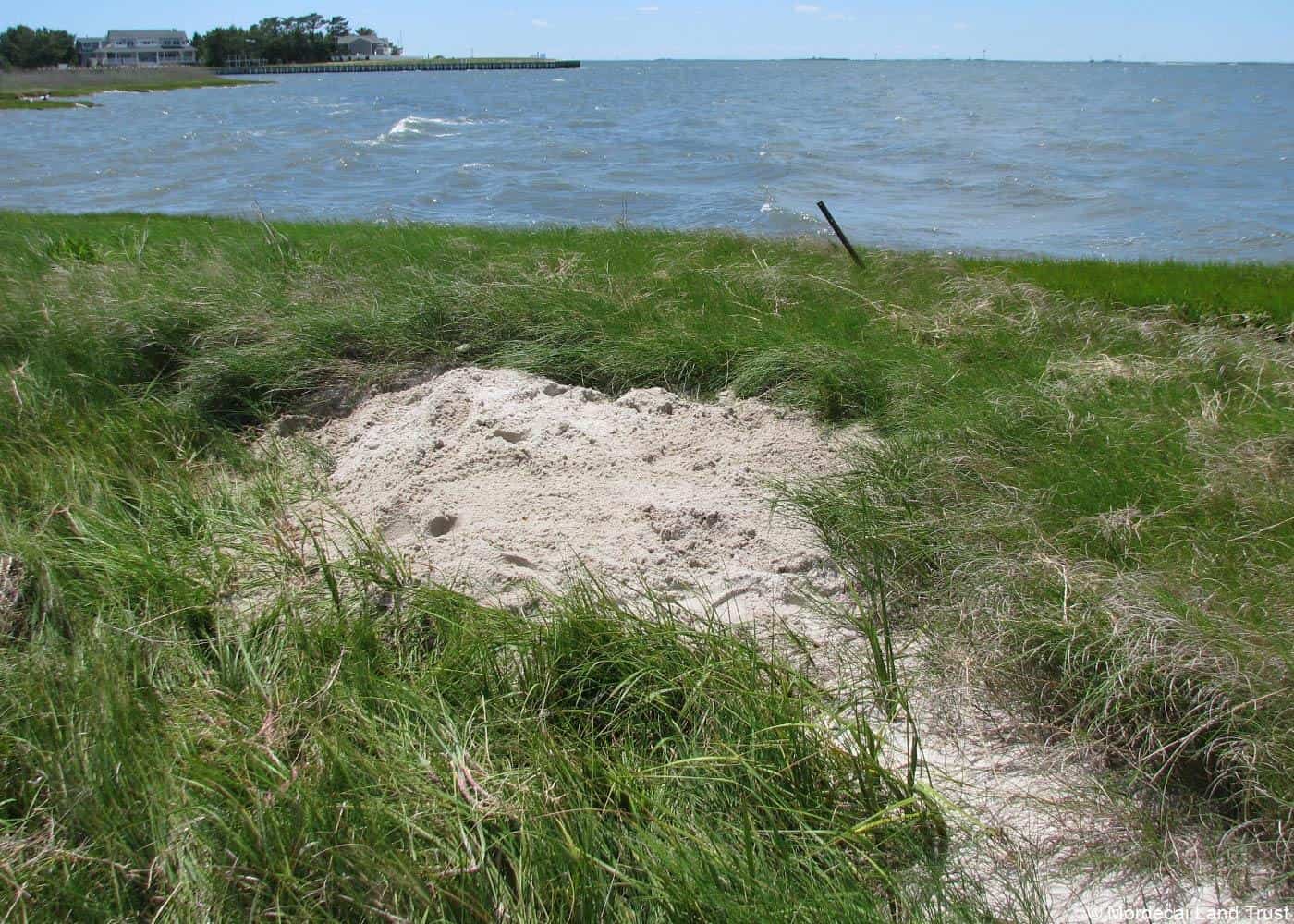
2019 Report
Established: Newly formed Terrapin Garden (2019); Original Terrapin Garden (2016)
Purpose: To assist with the conservation and repopulation of a protected NJ species by providing and maintaining an alternative nesting habitat.
Substrate: Elevated sand mound that is surrounded by native vegetation/bushes, which is located further inland from the original Terrapin Garden.
Wildlife: Northern Diamondback Terrapins, American Oystercatchers (nest scrapes)
Status: Due to the protection of the breakwater structures, a new, dry elevated sand mound formed at the Terrapin Garden, which was located further inland from the original Terrapin Garden, and that could now support an active and successful terrapin habitat. In partnership with MATES- Project Terrapin, the site was cleared of wrack debris, vegetation and deep root systems, to create a desirable terrapin nesting habitat. The freshly turned dry sand immediately attracted terrapin nesting/attempts, as well as American Oystercatchers nest scrapes (no eggs).
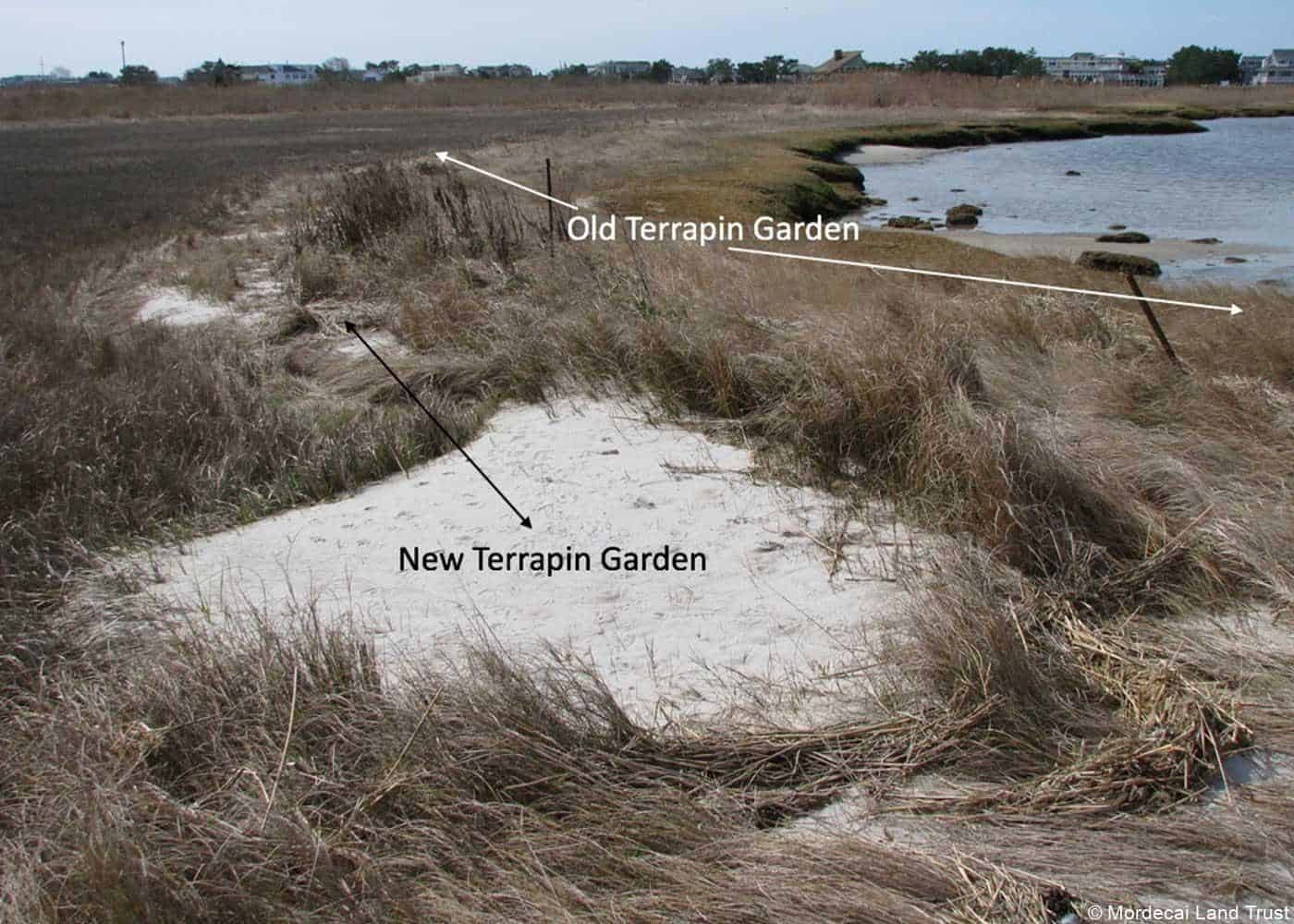
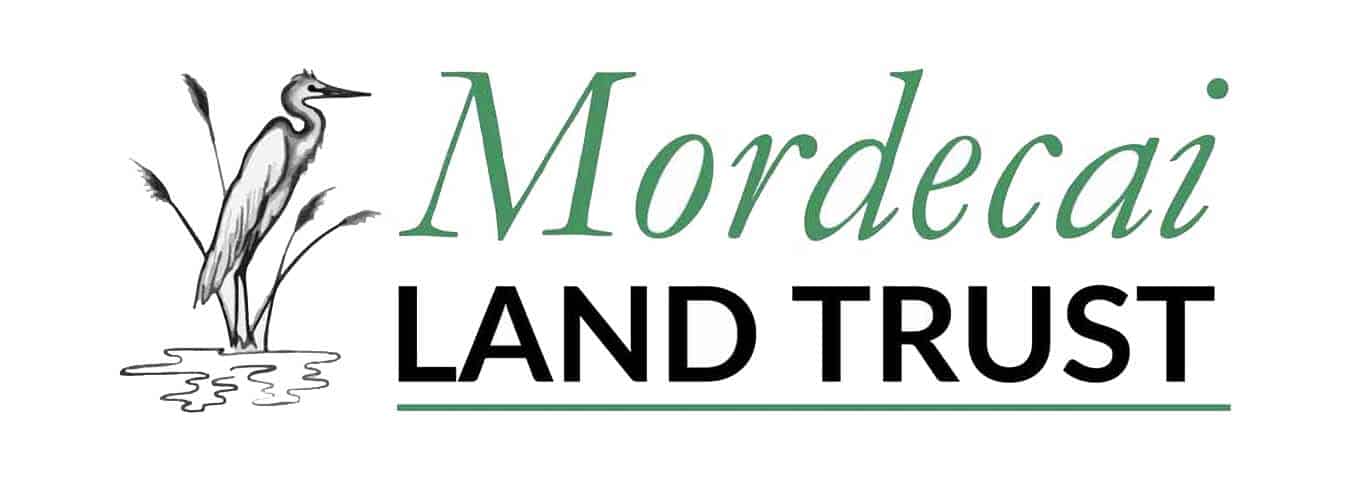
The IRS has determined that the Mordecai Land Trust is tax-exempt under section 501(c)(3) of the Internal Revenue Code of 1986 (“Code”) and not a private foundation pursuant to sections 509(a)(1) and 170(b)(1)(A)(vi) of the Code. Mordecai Land Trust was established in 2001.
Opt-in to email updates


